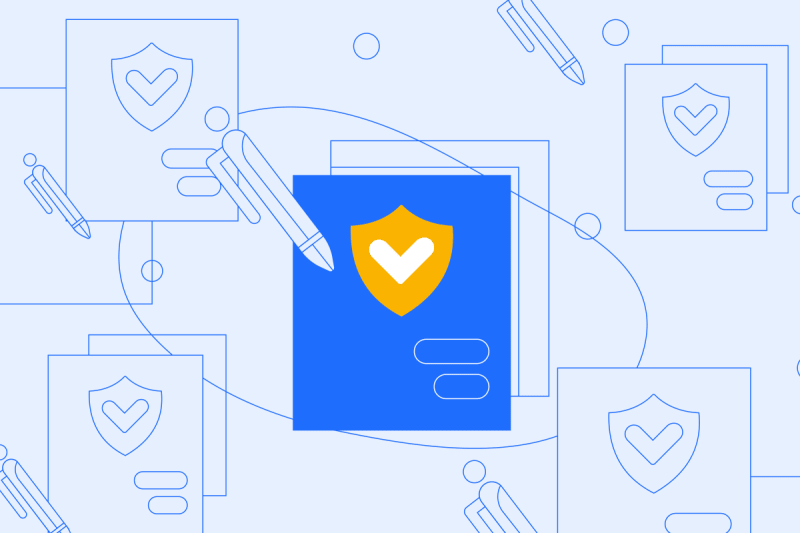How To Read Your Insurance Card
Your health insurance card usually has your name on it. If you have insurance through someone else, such as a parent, you might see that person’s name on the card instead. The card might also include other information, such as your home address, but this depends on the insurance company.
Insurance cards will have a policy number, usually on the front of the card. Each health insurance policy has an a-sociated policy number. On your card, it is often marked “Policy ID” or “Policy #.” The insurance company uses this number to keep track of your medical bills.
If you have health insurance through employer, your insurance card probably has a group plan number. The insurance company uses this number to identify your employer’s health insurance policy. As an employee, you are covered by that policy. Not all insurance cards have a group plan number.
The bottom or back of your health insurance card usually has contact information for the insurance company, such as an address, phone number, and website. This information is important when you need to check your benefits or get other information. For example, you might need to call to check your benefits for a specific treatment, contact your insurance company, or find information on the website.
The “coverage amount” tells you how much of your treatment costs the insurance company will pay. This information might be on the front of your insurance card. It is usually listed by percent, such as 10%, 25%, or 50%. You might see several percent amounts listed together. For example, if you see 4 different percent amounts, they could be for office visits, specialty care, urgent care, and emergency room care.






:max_bytes(150000):strip_icc()/GettyImages-478050934-5778706b5f9b585875f488f3.jpg)

















